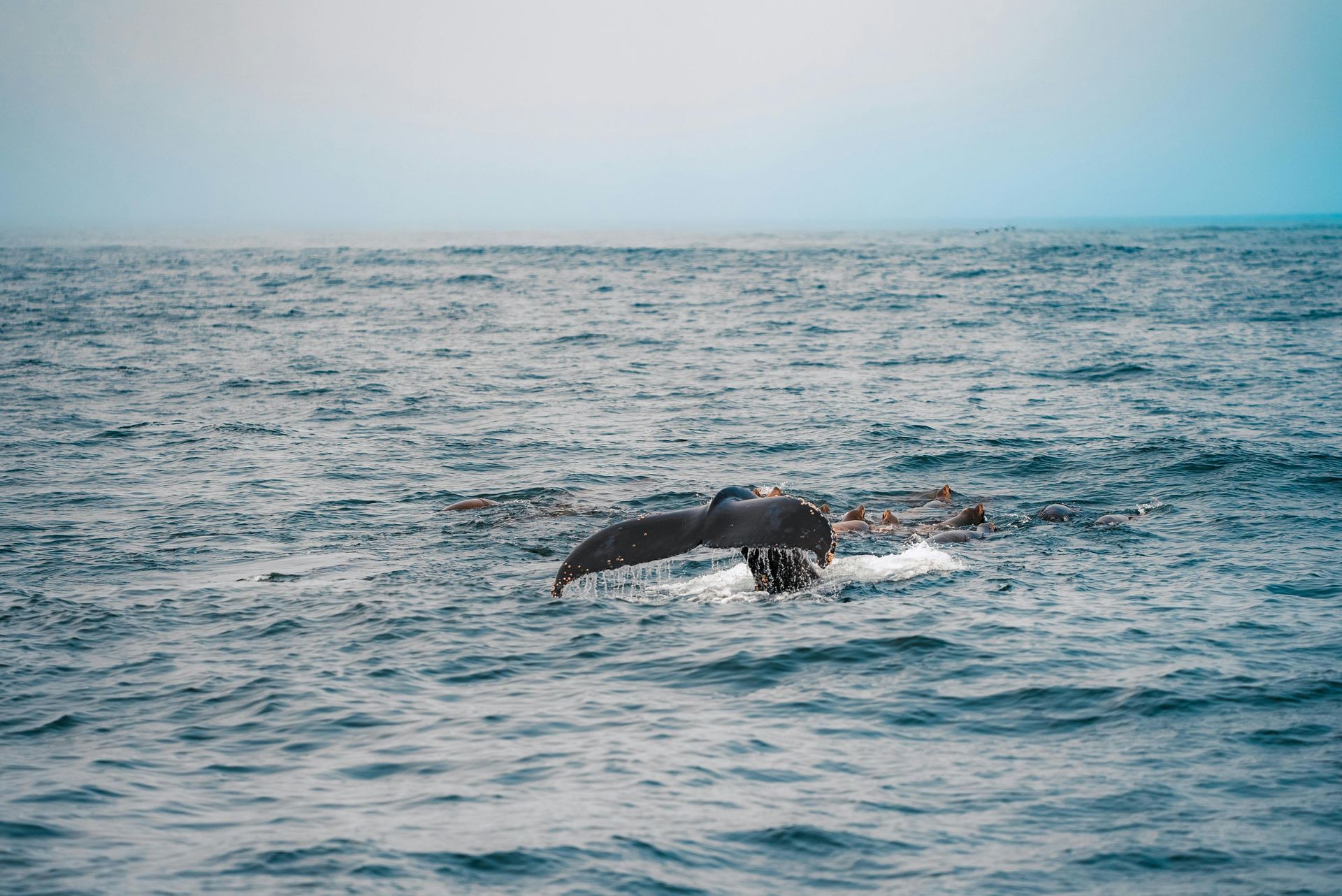Svalbard: The Awakening History of May
Svalbard: The Awakening History of May

May in Svalbard is a time of transformation as the archipelago begins to emerge from the long Arctic winter. The history of Svalbard is rich and fascinating, marked by centuries of exploration, scientific discovery, and human endurance. Svalbard was first discovered in 1596 by Dutch explorer Willem Barentsz. His sighting of the archipelago, which he named Spitsbergen (meaning "pointed mountains"), marked the beginning of European interest in the Arctic regions. Barentsz's discovery led to the subsequent exploration and mapping of Svalbard, laying the groundwork for future expeditions.
The 17th century saw Svalbard becoming a hub for European whalers, primarily the Dutch and English, who were drawn to the abundant whale populations in the surrounding waters. These whalers established seasonal stations where they processed whale blubber into oil, a valuable commodity at the time. The remnants of these whaling stations, including blubber ovens and gravesites, can still be found across the archipelago, serving as historical markers of this period of intense maritime activity. The exploitation of whale populations had significant ecological impacts, leading to a dramatic decline in whale numbers.
By the 18th and 19th centuries, the focus shifted from whaling to trapping and hunting, particularly by Russian Pomors and Norwegian hunters. They hunted a variety of Arctic animals, including polar bears, reindeer, and Arctic foxes. This era also saw the rise of scientific interest in Svalbard, with numerous expeditions conducted to study its geography, geology, and climate. Notable explorers such as Adolf Erik Nordenskiöld and Fridtjof Nansen undertook significant scientific expeditions, contributing valuable knowledge to the understanding of the Arctic environment.
The turn of the 20th century brought significant changes to Svalbard with the advent of coal mining. The discovery of rich coal deposits led to the establishment of permanent settlements, including Longyearbyen, named after the American entrepreneur John Munro Longyear who played a pivotal role in developing the coal mining industry. The Svalbard Treaty of 1920 was a landmark event, recognizing Norwegian sovereignty over the archipelago while allowing other signatory nations to engage in commercial activities. This treaty laid the foundation for Svalbard's unique international status and governance.
World War II had a profound impact on Svalbard. The archipelago's strategic location led to the evacuation of its population and the destruction of infrastructure to prevent its use by German forces. Post-war reconstruction focused on rebuilding the mining industry and restoring settlements. The 1950s and 1960s marked a period of renewed interest in scientific research, with the establishment of research stations and the initiation of long-term Arctic studies. Svalbard's harsh and remote environment provided a unique setting for scientific investigation, attracting researchers from around the world.
The latter half of the 20th century witnessed a transformation in Svalbard's economic and social landscape. The decline of the coal mining industry was accompanied by a rise in tourism and scientific research as the primary economic activities. Longyearbyen evolved into a modern town, catering to a diverse population of scientists, students, and tourists. The establishment of the University Centre in Svalbard (UNIS) in 1993 further cemented the archipelago's role as a hub for Arctic education and research. Today, Svalbard continues to be a center for scientific exploration and environmental monitoring.
In recent decades, Svalbard has gained global attention due to its role in climate change research and environmental conservation. The Global Seed Vault, opened in 2008, highlights Svalbard's global significance as a repository for the world's crop diversity. Efforts to preserve the archipelago's unique ecosystem and wildlife are ongoing, with strict regulations in place to protect its fragile environment. Svalbard's history is a testament to human resilience, scientific curiosity, and the enduring allure of the Arctic.
May in Svalbard is a time of transition, with the landscape slowly awakening from its winter slumber. This period offers a unique opportunity to reflect on the rich history of the archipelago and its significance in the broader context of Arctic exploration and research. From early whaling stations to modern scientific endeavors, Svalbard's history is a captivating tale of human endeavor and the relentless pursuit of knowledge.












